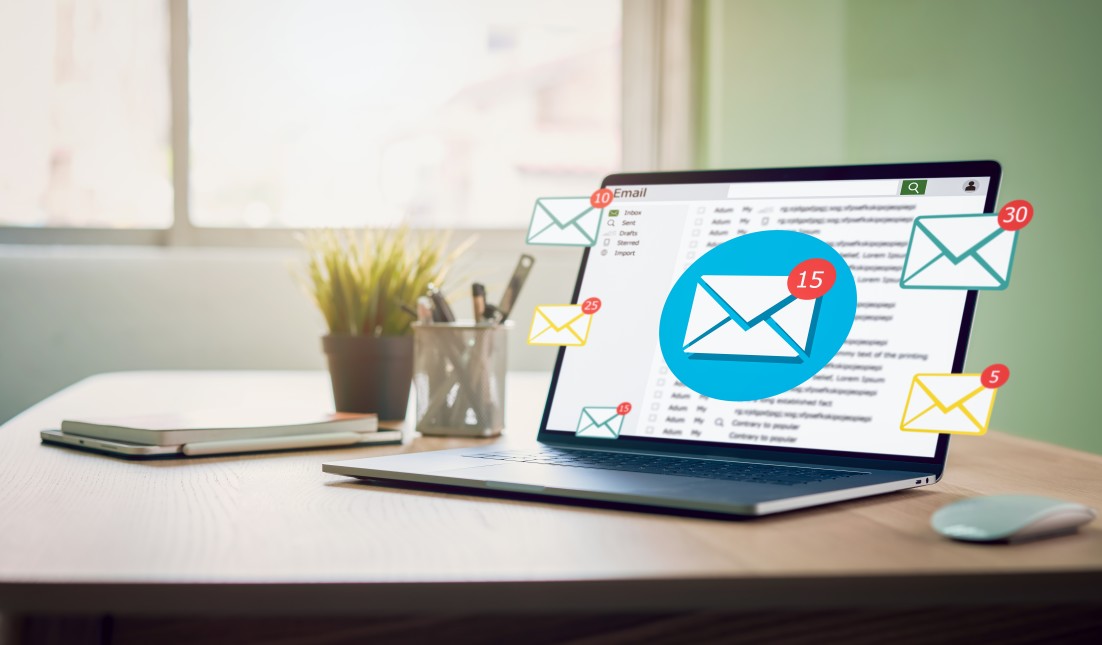Without the normal channels for sales relationship building (i.e., conferences, conventions, sales dinners, trade shows, and face-to-face interactions), we have had to rely a lot more on email. I’m guessing many of your inboxes have been flooded this year, regardless if you’re the appropriate recipient, decision maker, or stakeholder. These emails began early in April and I can remember initially thinking, “Wow, that’s bold” about many of them. However, now the scale has often been tipped from bold to both rude and obnoxious. In fact, I got an email just this last Sunday that came through at 2:30 a.m. with the subject line, “‘First Name’ You’ve Missed Several Emails and Deadlines.” This sender wanted me to use their software developers, but considering the fact that their team didn’t even make sure they’re using drips based on triggers or timing based on zip code, I wasn’t compelled to even listen to their pitch. This is a big no-no.

We know companies need to keep marketing and selling, and email is a great tool for that, but email etiquette hasn’t gone away—in fact, I would argue that in an over-saturated inbox, it’s more important than ever. I’ve compiled a few useful tips to help you get the most out of every sales email:
- Don’t Make Claims or Promises in a Cold Email. Unless you’re handing out stacks of cash, this comes off as desperate. How can you promise me increased conversions or leads if you don’t even know my business? If you don’t even know whether I’m selling expensive farm equipment or event stages, why should I trust your generic cold email promise that you’ll increase my conversions by 500%? Statistics show that when you put an ROI promise or claim in a cold email, your chance at response or success decreases by 15%.
- Don’t Try to Schedule a Meeting Time in a Cold Email: I’ve seen several emails coming in that say something like, “Let’s meet for 15 minutes on Tuesday at 11 a.m.” That doesn’t work. No one wants to commit on that level, adding time and effort to their work day before they even know if they’re interested in the pitch. Pro tip: ask for interest, or if your recipient is interested in learning more. Much like a CTA in a video, a “Learn More” callout can let end users decide for themselves if they’re actually interested.
- Here is when scheduling a meeting is okay: AFTER your recipient has decided they have interest and AFTER they have joined your sales pipeline, then you can try to make it easy by providing two options to connect or speak. This will help lock in the next step and move them along in the sales cycle while you’ve still got their attention.
- Do Follow Up—With Intent. If you do get a reply from a cold prospect, make sure you remove them from continuing to receive drips that would go to them had they not responded. Practice intent in your communications and in your follow up. Be exact in your ask or next action items, clearly state what you’ll do, and then do it.
- Do Make the Email About Them. Focus on what you can do for them, rather than using the email as an opportunity to brag about what you do. Use the terms you, your, your team, etc., as that has been shown to increase engagement, even when it’s automated.
- Don’t Use Spammy Follow Ups. Avoid the follow-up email that tells your prospect you’re following back up as if they’ve missed something. If you’re going with this approach, make it very easy for someone to politely opt out if they’re not interested. Inciting panic about missing a priority is not a good way to start a relationship.

Above all, just remember that common courtesy goes a long way. If you’re using your emails as an attempt to pressure or coerce your prospect into taking the next step with you, your chances of a successful conversion are low. First impressions are important—even in email—and politeness, respect and a friendly demeanor will take you much further than a pushy or demanding initial interaction. Keep these tips in mind when crafting your next email campaign and I think you’ll be surprised at what a difference they’ll make!
Here’s to your email marketing success!
